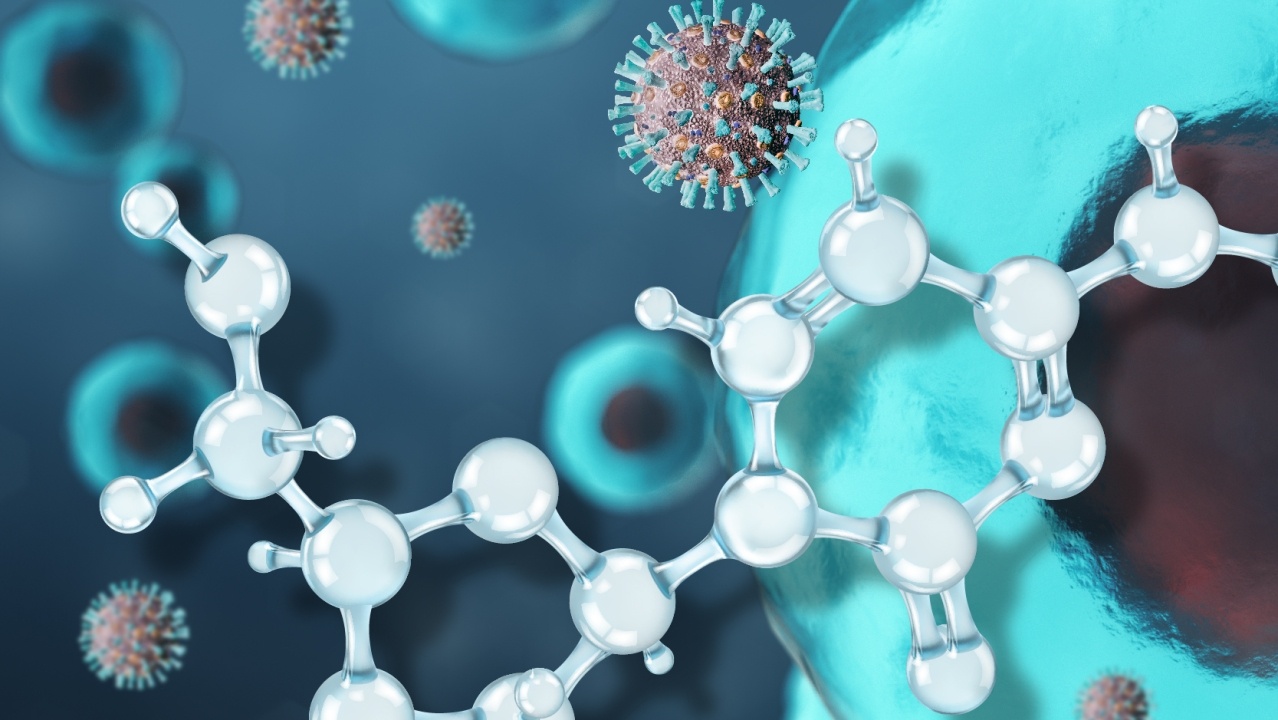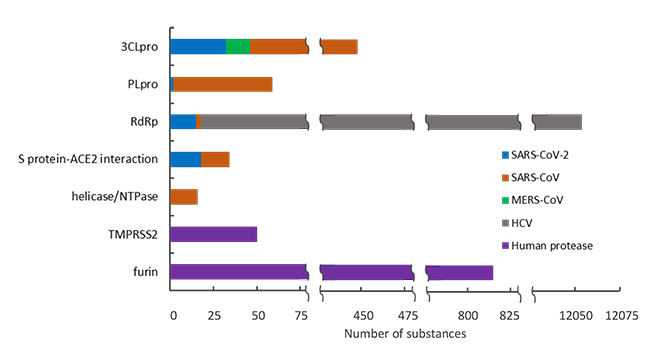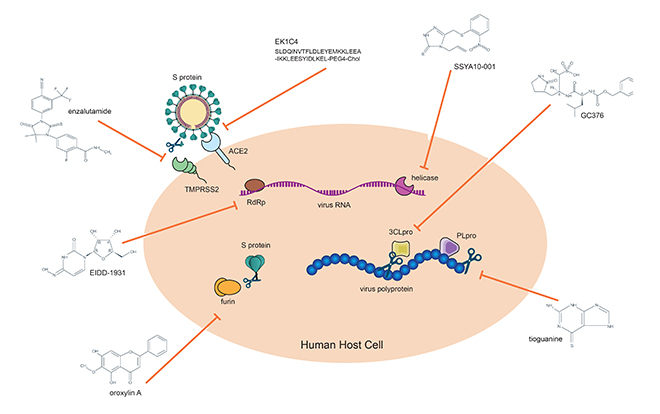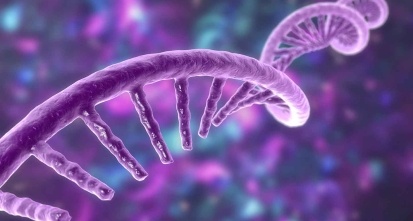Gain new perspectives for faster progress directly to your inbox.

COVID-19, the disease caused by the novel coronavirus SARS-CoV-2, has infected several million people and resulted in hundreds of thousands of deaths worldwide. Although remdesivir and favipiravir have been conditionally approved to treat COVID-19, as the case count continues to climb daily, additional COVID-19 therapeutics are still desperately needed to mitigate the myriad symptoms and long-term damage COVID-19 is causing patients.
Bioassay data points the way to promising drug candidates
In support of ongoing research efforts to identify additional drugs for COVID-19, a team of CAS scientists analyzed published scientific information and created a comprehensive report focusing on proteins involved in COVID-19 and potential corresponding drug candidates. This report was recently published in ACS Pharmacology & Translational Science.
Read the full open-access article for a comprehensive listing of COVID-19 protein targets and associated drug candidates as well as related bioassay data.
A large number of substances targeting proteins that are critical to SARS-CoV-2 infection were identified, and relevant published bioassay data were analyzed. Figure 1 shows the number of substances for each specific protein involved in SARS-CoV-2 and related viral infections. Given the demonstrated activities and the similarities of these proteins between SARS-CoV-2 and related viruses, these substances warrant further investigation for drug development against COVID-19.

Crucial connections between proteins and drugs
Developing effective drugs for any disease usually requires developing a detailed understanding of protein-drug interactions. On one side of this equation lie protein targets, also called drug targets, which are proteins that play important roles in the progression of a disease. Identification and validation of protein targets is the first step of the drug discovery process, and such work often comes from basic research on the mechanisms of disease development. On the other side are drug candidates. The pharmacological properties of a drug candidate against its specific protein target can be measured by bioassays that assess the biological effects of the drug candidate at various concentrations. Typically, bioassays include measurements of the binding of a drug candidate to the protein target, the level of inhibition of the protein’s activity, and the level of the physiological response due to such inhibition.
Key proteins involved in COVID-19 and potential drug candidates
Since the emergence of COVID-19, researchers have already identified many of the viral and human proteins involved in the SARS-CoV-2 infection process. All of these are potential drug targets, but here we will highlight eight that are of high interest. These include five viral proteins (spike (S) protein, 3CLpro, PLpro, helicase and RNA polymerase (RdRp)) and three human proteins (ACE2, TMPRSS2, and furin), that play roles either in mediating viral entry into host cells or in the viral replication cycle inside host cells. These proteins are illustrated in Figure 2, and their functions in the infection process are discussed in the table below. Also shown in the table are some examples of compounds that inhibit these proteins and thus are under consideration as potential COVID-19 therapeutics.

|
Key Proteins |
Role of the Proteins In Viral Infection |
Drug Candidates |
|---|---|---|
|
S protein |
Viral surface protein that binds to human ACE2 receptor on host cells to allow viral fusion with host cell membrane |
|
|
ACE2 receptor |
Human cell surface receptor for S protein |
|
|
TMPRSS2 |
Human enzyme that cleaves S protein to facilitate virus-plasma membrane fusion |
|
|
3CLpro |
Viral enzyme that cleaves viral polyproteins to release individual proteins |
|
|
PLpro |
Viral enzyme that cleaves viral polyproteins to release individual proteins |
|
|
Helicase |
Viral protein that unwinds viral RNA |
|
|
RdRp |
Viral protein that mediates replication of viral RNA |
|
|
Furin |
Human protein that cleaves S protein to facilitate virus-plasma membrane fusion |
As part of the global scientific community, CAS has committed to leveraging all of our assets and capabilities to support the fight against COVID-19. Explore the additional CAS COVID-19 resources including scientific insights, open access compounds and SAR datasets, and special reports.



